As summer nights grow warm and clear, astronomy enthusiasts and casual stargazers alike have a reason to look up with excitement. Late July brings some of the most captivating meteor showers of the year, offering dazzling streaks of light across the night sky.
What to Expect This Late July
Two key meteor showers are active during this period: the Delta Aquariids and the Alpha Capricornids. Both provide opportunities to catch bright meteors, though they differ in intensity and characteristics.
- Delta Aquariids: This shower typically peaks around the last week of July, with its radiant point located near the constellation Aquarius. Although not the most prolific, the Delta Aquariids produce an average of 15 to 20 meteors per hour under ideal dark-sky conditions. Their trails tend to be fast and bright, often with persistent trains that linger.
- Alpha Capricornids: Peaking just a few days before or after the Delta Aquariids, the Alpha Capricornids are known for their slower-moving meteors and occasional bright fireballs. Though the hourly rate is lower—around 5 to 10 meteors—these meteors tend to be impressive in brightness and size.
Best Viewing Tips
- Timing: The best time to view these meteor showers is after midnight, continuing until dawn. During these hours, the radiant constellations rise higher in the sky, increasing the number of visible meteors.
- Location: To maximize visibility, find a dark, open area away from city lights. Light pollution significantly reduces the number of meteors visible to the naked eye.
- Eyes on the Sky: No special equipment is needed to enjoy a meteor shower. Simply lie back, relax, and give your eyes time to adjust to the darkness. Watching towards the southeast horizon, where the radiant lies, increases chances of spotting shooting stars.
What Causes These Meteor Showers?
Meteor showers occur when Earth passes through streams of debris left behind by comets or asteroids. These tiny particles burn up in our atmosphere, creating brilliant streaks of light. The Delta Aquariids originate from debris associated with comet 96P/Machholz, while the Alpha Capricornids are linked to the asteroid 2002 EX12.
A Special Bonus: Fireballs and Persistent Trains
Both showers are known to produce occasional fireballs—exceptionally bright meteors that can briefly light up the entire sky. Fireballs often leave glowing trails or trains that can last several seconds after the meteor disappears, adding extra spectacle to the viewing experience.
Preparing for the Show
Weather permitting, the late July meteor showers offer a memorable celestial event for families, amateur astronomers, and night sky photographers. Remember to bring blankets or reclining chairs, dress warmly for the night chill, and allow at least 20 minutes for your eyes to adjust fully to the darkness.
Final Thought
Whether you catch a handful of meteors or witness a dazzling fireball streak across the sky, the late July meteor showers provide a magical reminder of the vastness and wonder of our cosmos. So, mark your calendar, head outdoors, and enjoy nature’s spectacular light show this summer.

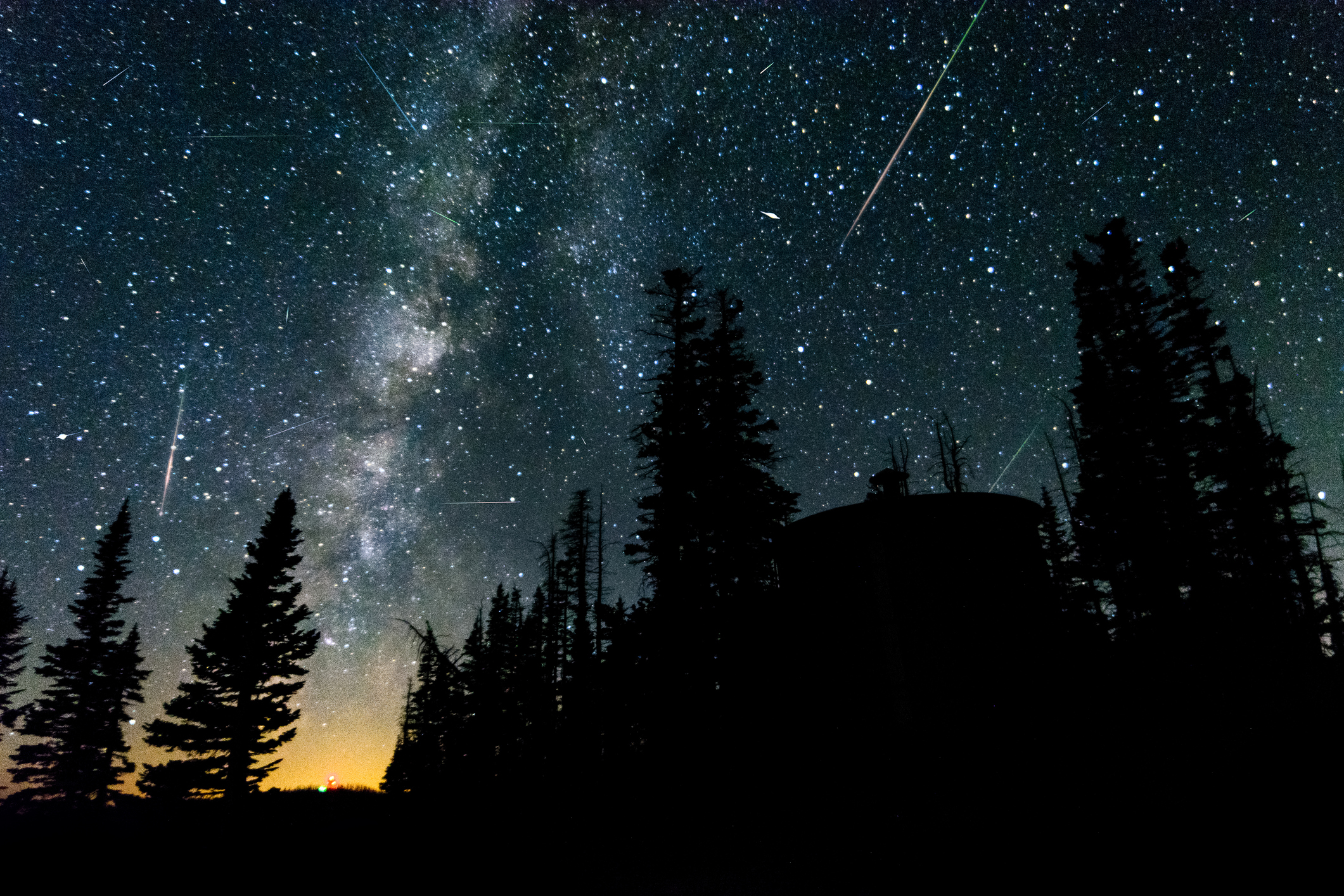
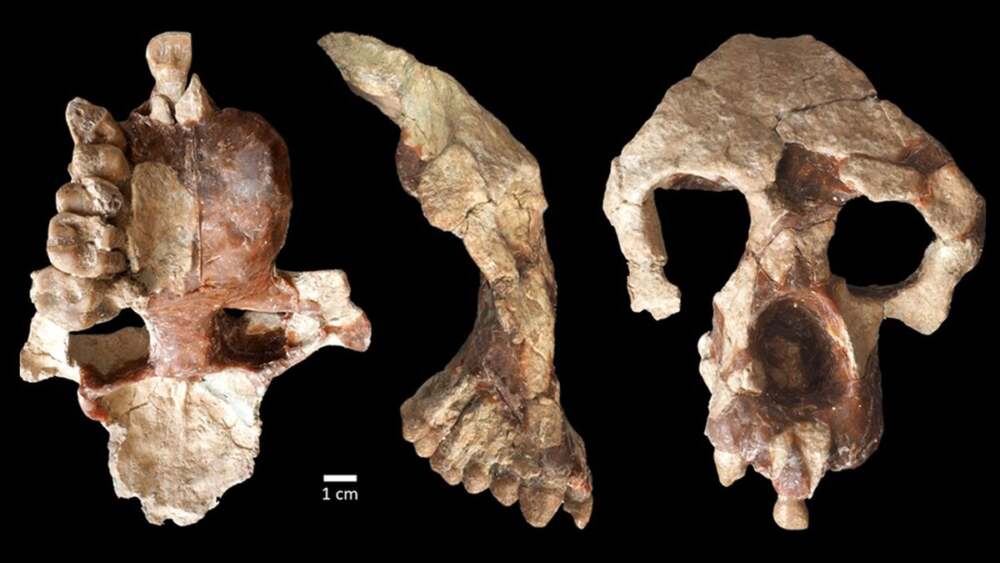

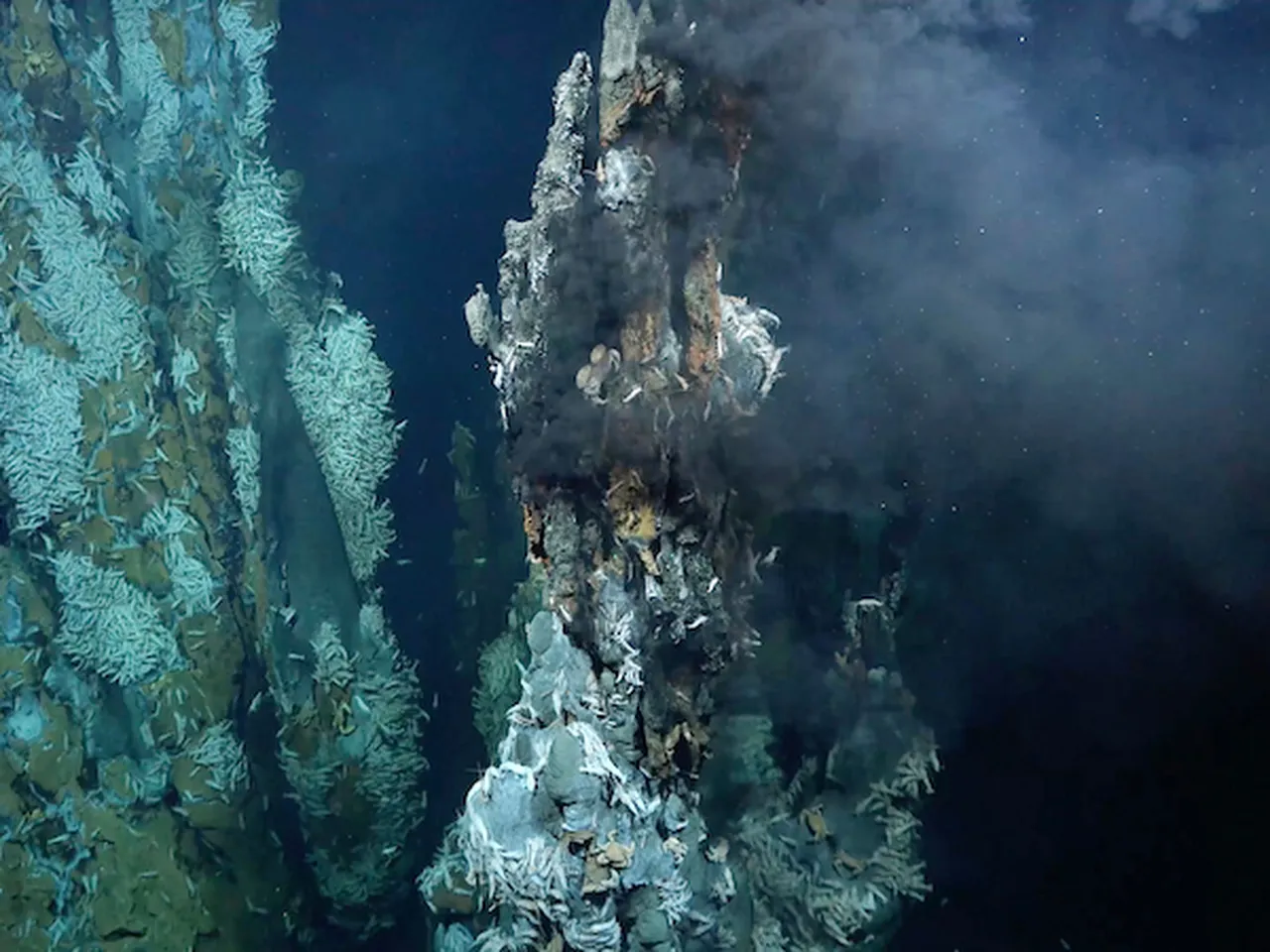
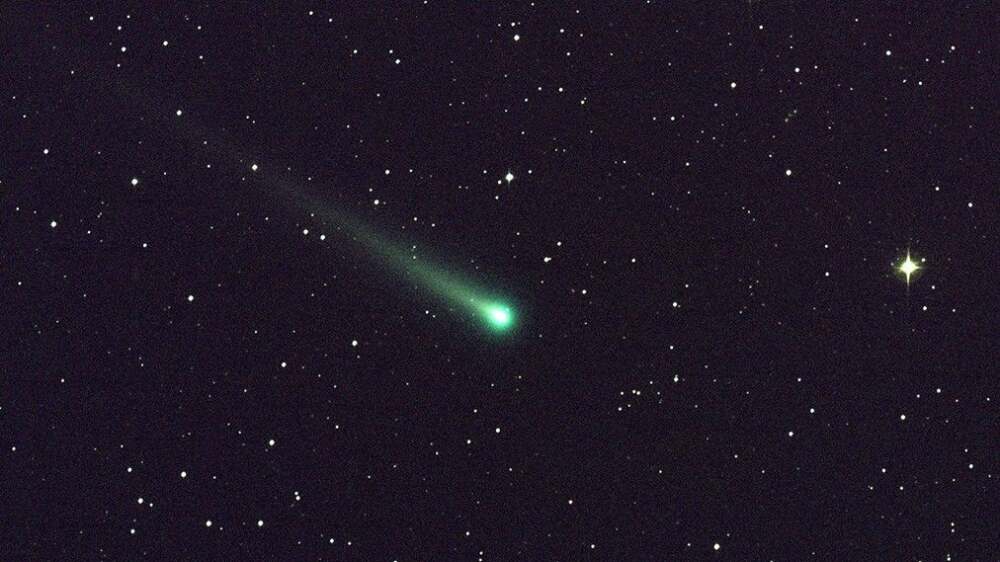
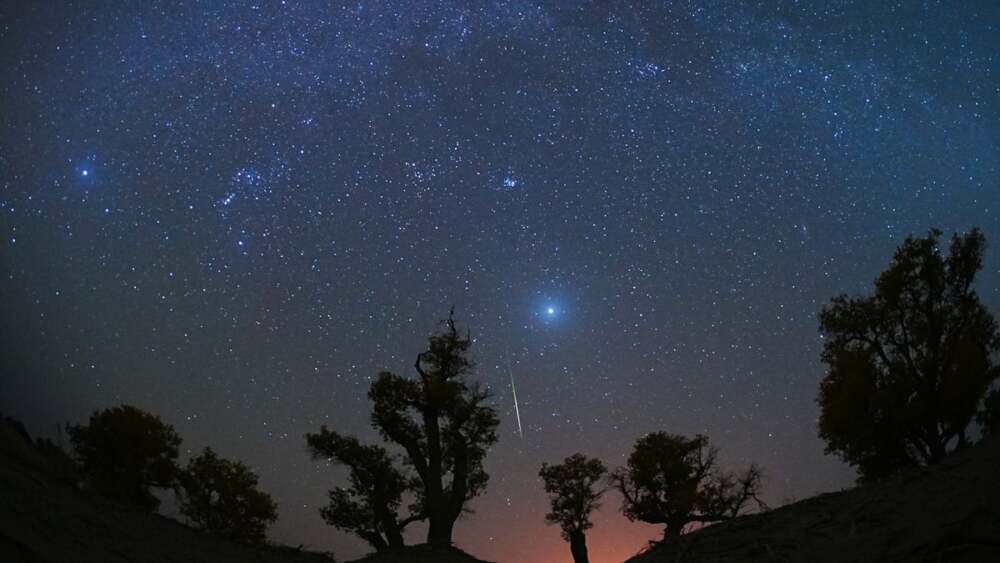
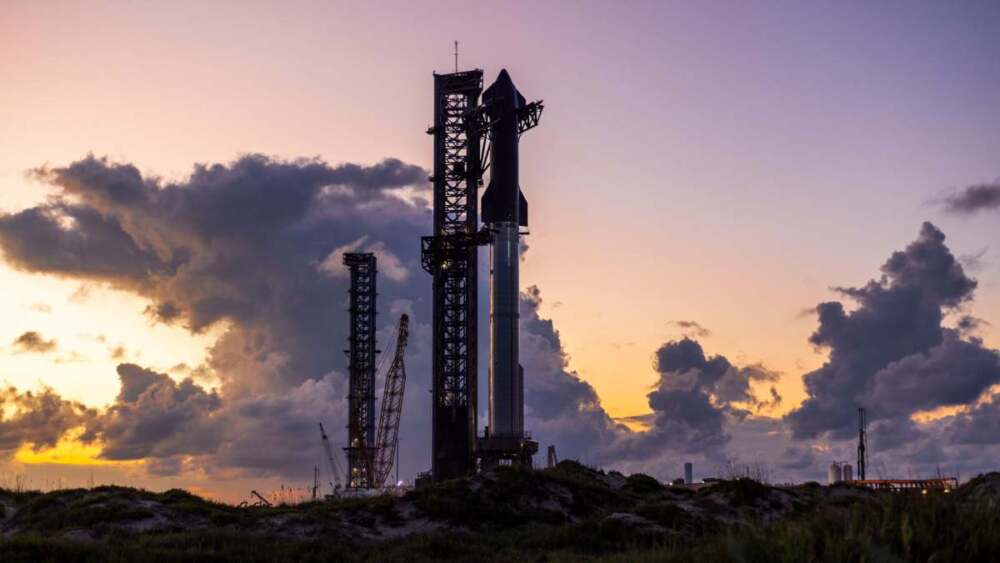
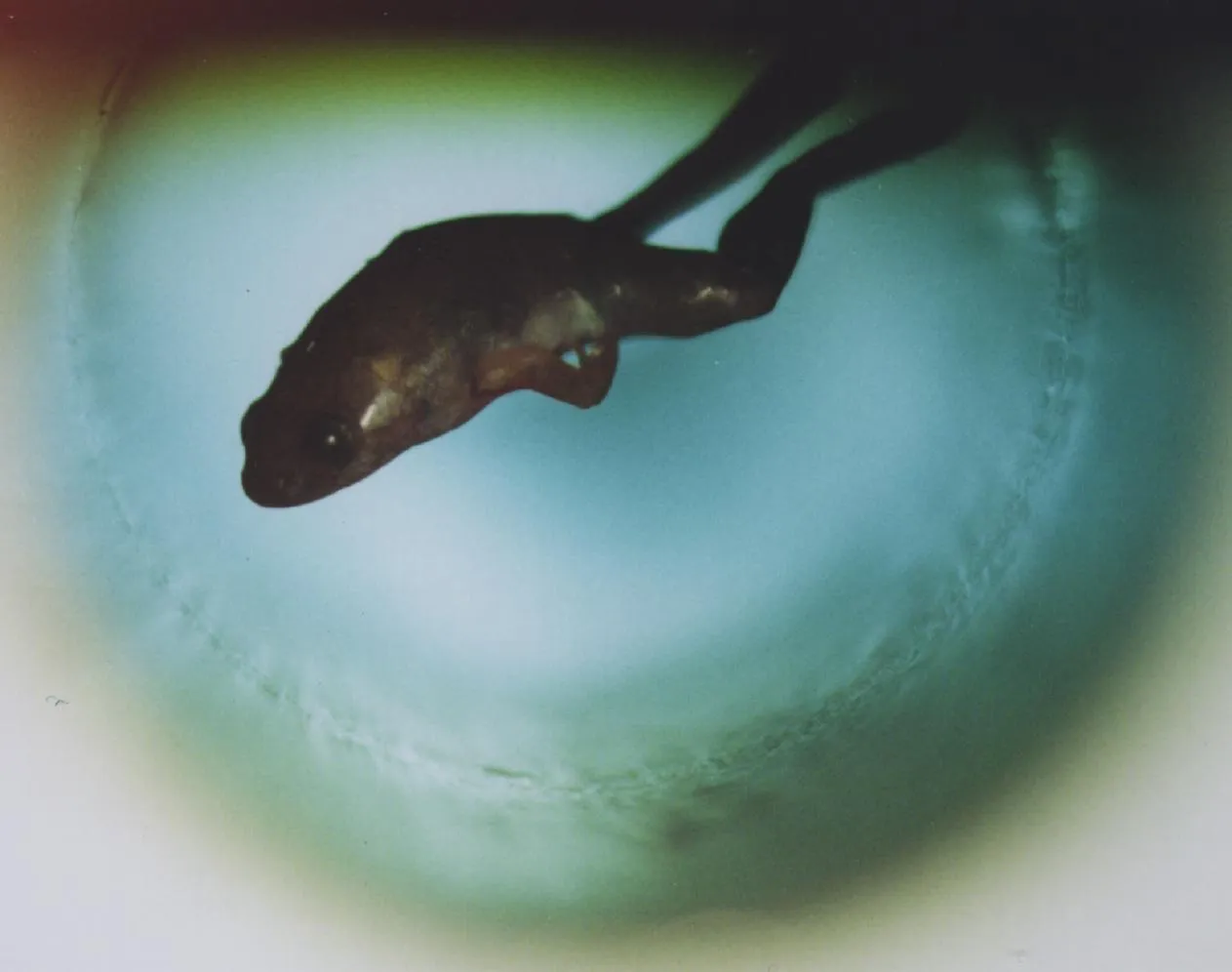
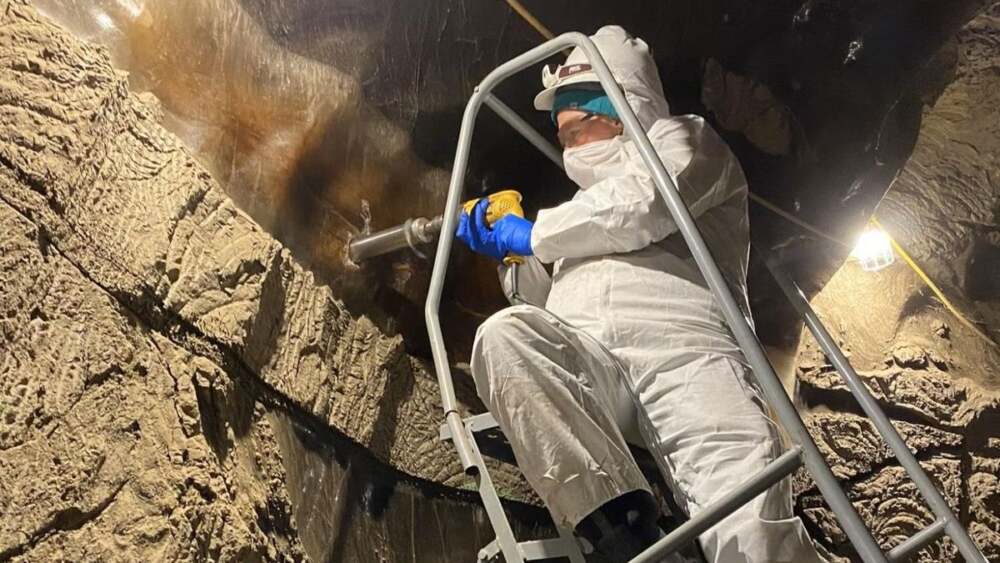


Leave a Reply